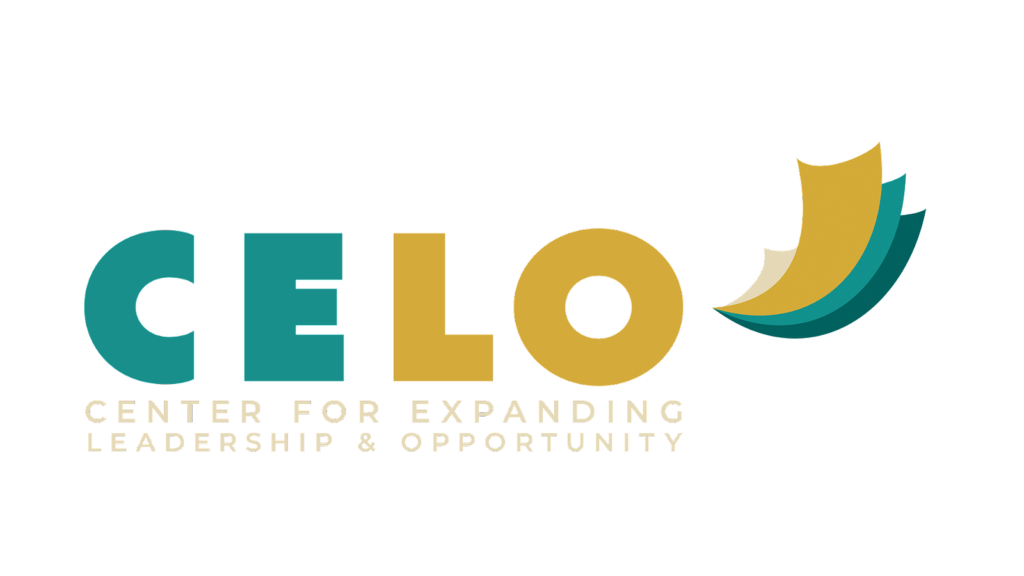The Latinx population, has been substantially growing in the recent years. Currently, the US Hispanic population is over 60 million. From 2010 to 2021, “The U.S. population grew by 23.1 million…and Hispanics accounted for 52% of this increase – a greater share than any other racial or ethnic group” (Krogstad et al., 2022, para. 4). This growth has translated into higher education. When looking at the amount of schooling, “About 44% of U.S. Hispanic adults ages 25 and older had at least some college experience in 2021, up from 36% in 2010” (Krogstad et al., 2022, para. 20).
As higher education institutions continue to recruit, enroll, and graduate students, it is important that administrators, staff, and faculty are cognizant to the population shift occurring across the country and the growing diversity of students on college campuses across the nation. At this point, it is in practitioner’s best interest to know how Latinx students are engaging in the campus community and find ways to maximize the opportunities for these students.
To help us understand how Latinx students engage with different campus resources, data from the 2021 administration of the MSL can provide insights for ways to support these students.
Of the 49,307 students who responded to the MSL, 2,684 identified as Latinx; and of those,
- 59.8% identify as Mexican/Chicano, 11.1% multi-ethnic, 9.4% Central American, 8.6%, South American, 4.2% Puerto Rican, 2.1% Dominican, 1.2% Spanish (European), 0.8% Cuban, and 2.7% ethnicity not listed
- 73.5%% identify as women, 24.9% as men, and 1.4% as transgender or gender non-conforming
- 31.2% are low-income, 34.6% working class, 27.2% middle class, 6% upper-middle/professional-middle class, and 0.7% wealthy
- 50.4% identified as Catholic
- 51.5% are first-generation college students
- 81.1% are traditionally-aged students (18-24)
Engagement on Campus
Various forms of engagement on campus have been shown to be indicators of leadership development (Dugan et al., 2013). One way that students engage on campus is through socio-cultural conversations. Engaging in socio-cultural conversations (i.e., conversations across and about difference) is the strongest environmental predictor of leadership capacity development in college (Dugan et al., 2013). On average, Latinx students engaged in these conversations somewhat often or more frequently:
- 51.7% of Latinx students often discussed their views about multiculturalism and diversity.
- 48.6% of Latinx students often held discussion with students with students whose personal values were very different to their own.
- 42.5% of Latinx students often discussed major social issues such as peace, human rights, and justice.
- 39.4% of Latinx often held discussions with students whose religious beliefs were very different from their own.
- 37.4% of students often held discussions with students whose political opinions were very different from their own.
- 27.4% of students often held discussions with students about different lifestyles/customs
MSL results indicate that although a good proportion of Latinx students engage in these types of conversations, Latinx students engage less often in socio-cultural conversations than some of their peers. Latinx students have socio-cultural conversations at a lower rate than African American/Black, Middle Eastern/North African, multiracial, and White peers yet are on par with American Indian/Alaskan Native, Asian American, and Native Hawaiian/Pacific Islander students.
As seen above, the Latinx students are increasingly entering institutions of higher education and, to some degree, having socio-cultural conversations on campus. Given the importance of these conversations for leadership development, educators must be cognizant of the socio-cultural conversations that Latinx students are and are not having on campus and provide structured spaces for conversation amongst peers.
Given the demographic shift occurring in the country that estimate that the Latinx population will double in size by 2050 (Stokes-Brown, 2012) and the increase of Latinx students enrolling in institutions of Higher education by 15% between 2020-2029 (Excelencia in Education, 2022), it is important, as educators, to instill and support a campus community that draws Latinx students into socio-cultural conversations as a way to foster intercultural engagement on campus. Spaces of higher education find themselves with an opportunity to develop and produce a new generation of leaders, one way to do this is to pay attention to the conversations happening on the ground and meeting Latinx students where they are.
References
Dugan, J.P., Kodama, C., Correia, B., & Associates. (2013). Multi-Institutional Study of Leadership insight report: Leadership program delivery. National Clearinghouse for Leadership Programs.
Excelencia in Education. (2022). Latino college enrollment: Past, current, and projections. Author.
Krogstad, J. M., Passel, J. S., & Noe-Bustamante, L. (2022, September 23). Key facts about U.S. Latinos for National Hispanic Heritage Month. Pew Research Center. https://www.pewresearch.org/fact-tank/2022/09/23/key-facts-about-u-s-latinos-for-national-hispanic-heritage-month/
Stokes‐Brown, A. K. (2012). America’s shifting color line? Reexamining determinants of Latino racial self‐identification. Social Science Quarterly, 93(2), 309-332.
